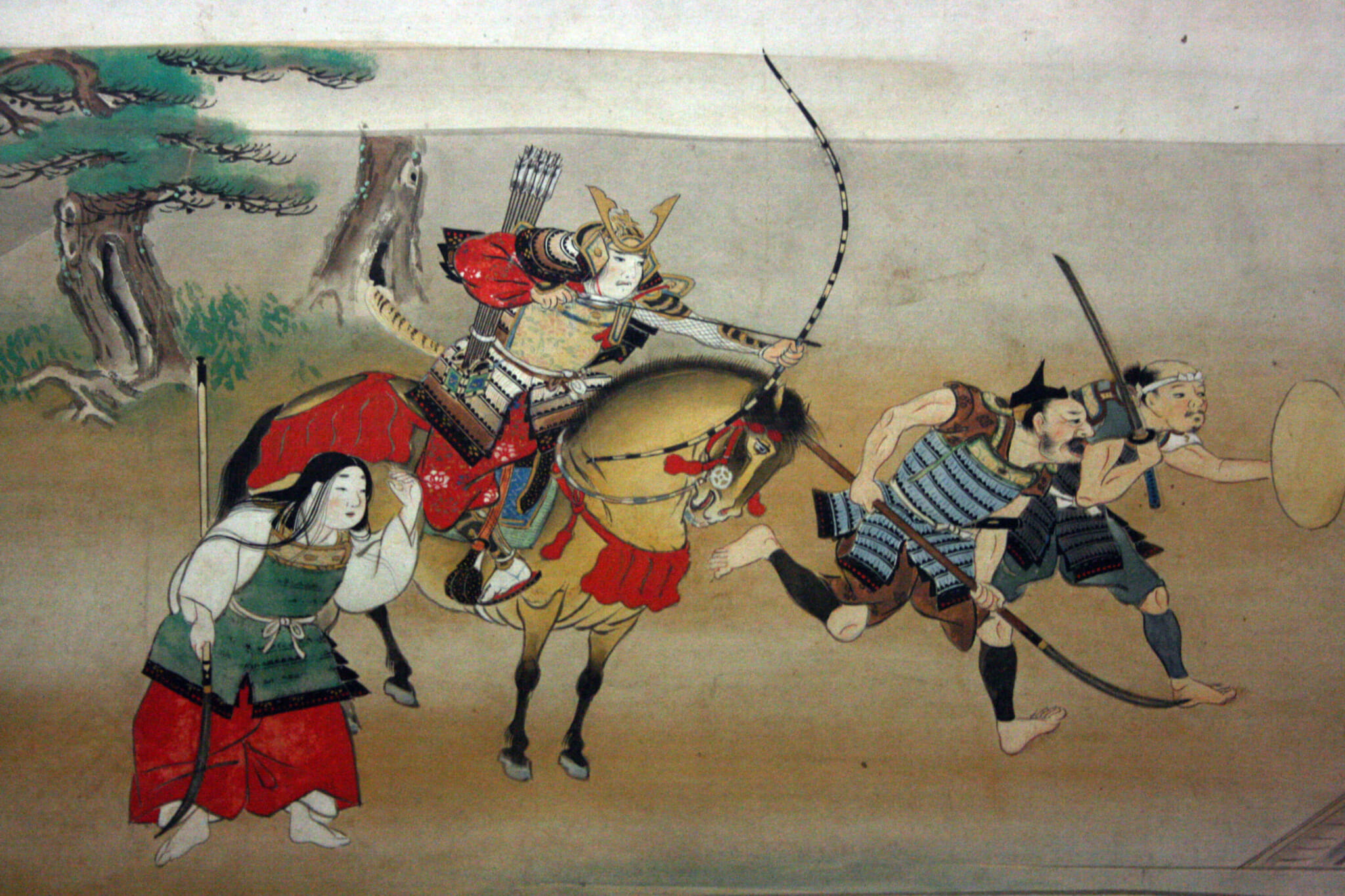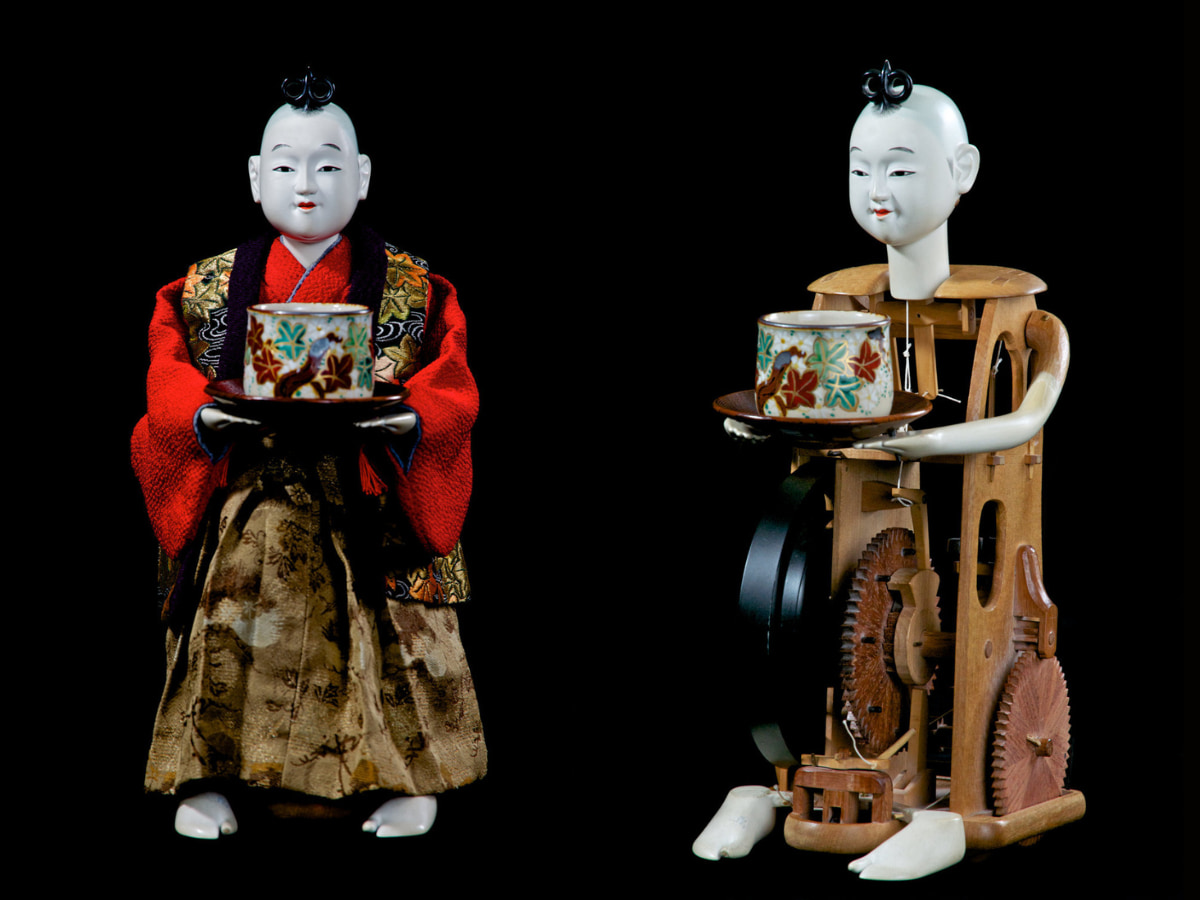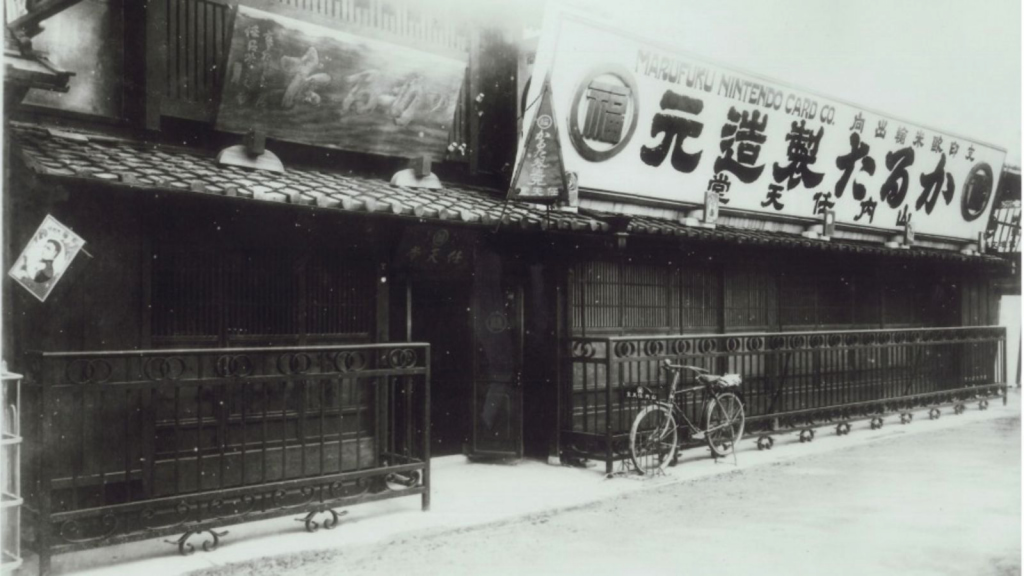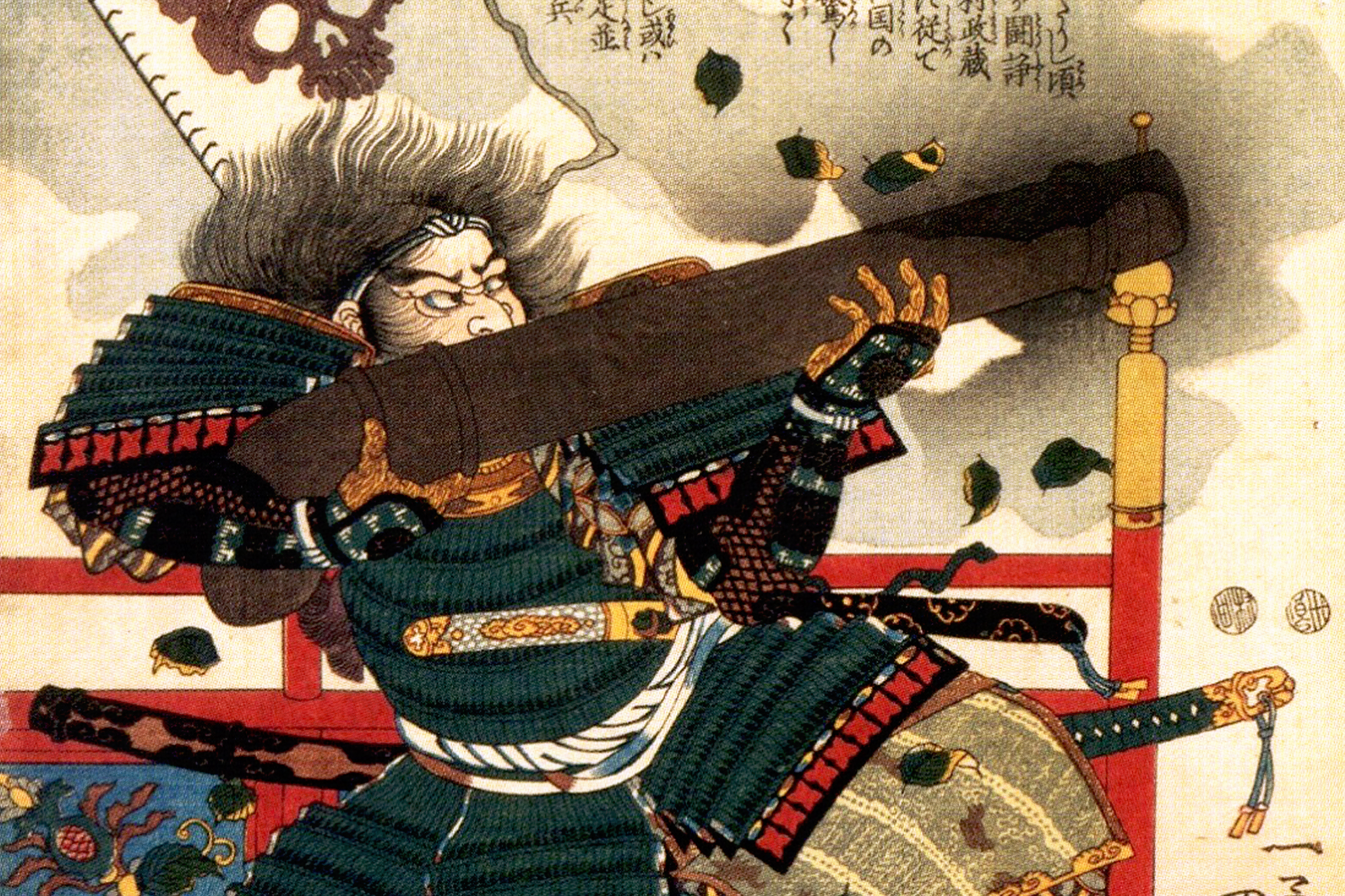The popular view of Japanese history is that it went Samurai-Guns-Nintendo. There were a few notable things that happened before, after, or in between those things, but that’s the gist of it. The truth, however, is much more complicated and a little mind-bending.
10.
Japan’s Imperial Family Was Founded Around the Same Time as the Death of King Arthur
Other countries have royal dynasties, like the Windsors or the Habsburgs. But in Japan, the Imperial Family has no surname because there’s only ever been one, unbroken line sitting on the Chrysanthemum Throne. The first historically-verified Japanese monarch was Emperor Kinmei, who ascended back in 539. According to the 10th-century Annales Cambriae, that’s around the same time King Arthur perished during the Battle of Camlann.

Samurai in battle in the 16th century (Source: Wikicommons)
9.
The First Samurai Death by Gunfire Occurred Before Helsinki Existed
Although the samurai are synonymous with katana, firearms have been a part of their arsenal for centuries. The first use of guns on a Japanese battlefield occurred during the 1548 Battle of Uedahara when the Murakami clan used 50 arquebuses to defeat the legendary warrior Takeda Shingen. News of the battle quickly spread, though it never reached Helsinki, mainly because it didn’t exist back then and was only established by King Gustav I of Sweden in 1550.
8.
The Last Known Case of Hara-Kiri Occurred When the First iPod Came Out
Isao Inokuma was a heavyweight judoka who took gold at the 1964 Summer Olympics. He later became CEO of a construction company. Tragically, most likely due to financial losses, Inokuma committed suicide via hara-kiri: self-disembowelment usually reserved for samurai to atone for a mistake and to die with honor. Except that this happened in 2001, the same year that Apple debuted the 5GB iPod.
7.
Japan’s Oldest Man Ever Lived Through Three Centuries
Jiroemon Kimura was a Japanese supercentenarian who lived until the age of 116. Born in 1897 and dying in 2013, his life spanned three centuries. He lived through the founding of the whisky distillery Suntory in 1899, a total of 23 wars that Japan was involved in and every type of electronic invention. He was also alive when Fast & Furious 6 was released.

6.
Japan Was Constructing Robots Before the Invention of Gunpowder
Japan’s fame in the field of robotics is well known and, as it turns out, ancient. Kaya Shinno, the son of Emperor Kammu (781–806), reportedly created a human-shaped “doll” capable of watering rice fields from buckets that it held in its mechanical hands. Even more impressive is the fact that this automated irrigation system was invented before China came up with gunpowder in the ninth century. Sadly, the two creations were never put together to create a Gundam prototype.
5.
Ulysses S. Grant Watched Samurai Shoot Dogs for Sport
Another weapon that had long been part of samurai warfare was the bow and arrow. From the late 11th century, the most popular way of practicing Japanese archery was shooting stray dogs with padded, non-lethal arrows on horseback in a corral. The military exercise soon evolved into a sport called inuoumono (“dog chasing”), which was finally banned in the late 19th century. One of the last people to witness it firsthand was U.S. President Ulysses S. Grant when he visited the country in 1879. He expressed his “strong displeasure” after watching it.

4.
Nintendo Was Founded the Same Year the Eiffel Tower Was Completed
The symbol of Paris and the symbol of Japanese gaming both came into existence the exact same year: 1889. The Eiffel Tower, which upon completion was the tallest structure in the world, was the centerpiece of the Exposition Universelle world fair. Nintendo had less-grand origins, starting out in Kyoto as a producer of hanafuda playing cards. In fact, according to some interpretations, the name “Nintendo” means “the company that is allowed to make (or sell) hanafuda.” Thankfully, it later allowed itself to make and sell video games.
3.
Manga Is Older Than Flush Toilets
Japanese manga first originated as kibyoshi (“yellow covers”), which were books that used illustrations to parody all aspects of modern life, making them the first comics for adults. They flourished in Edo (modern-day Tokyo) from around the mid-18th century, meaning that they preceded Alexander Cumming’s invention of the flush toilet by a few years. Thankfully, with the advent of the kibyoshi (and later manga), people finally had something good to read in the bathroom.
2.
The Last Vestige of Samurai Culture Disappeared After the Creation of the Digital Computer
During the 19th-century Meiji Restoration, the feudal era was abolished and the samurai were disbanded as a social class. However, samurai clans were still recognized as shizoku (“warrior families”) to distinguish them from commoners on government registers. The shizoku class was only abolished in 1947, two years after the completion of ENIAC (Electronic Numerical Integrator and Computer), the world’s first programmable, digital computer.
1.
The Oldest Japanese Company Was Founded During the Days of Beowulf, Matches and Toilet Paper
Kongo Gumi was founded in 578 to build the Shitennoji temple in Osaka, and though now a subsidiary of Takamatsu Construction Group, it’s technically still around and is thus the oldest company in Japan, according to Toshio Goto, a professor at the Japan University of Economics. It means that a company you can hire right now was founded when Beowulf, the legendary hero of the Geats, fought the monster Grendel in Denmark, or just after the invention of matches in China (577). Kongo Gumi was also established before the first recorded mention of toilet paper, which appeared in 589 when the Chinese scholar Yan Zhitui wrote about a “paper on which there are quotations or commentaries from the Five Classics,” which he “dare not use for toilet purposes.”









